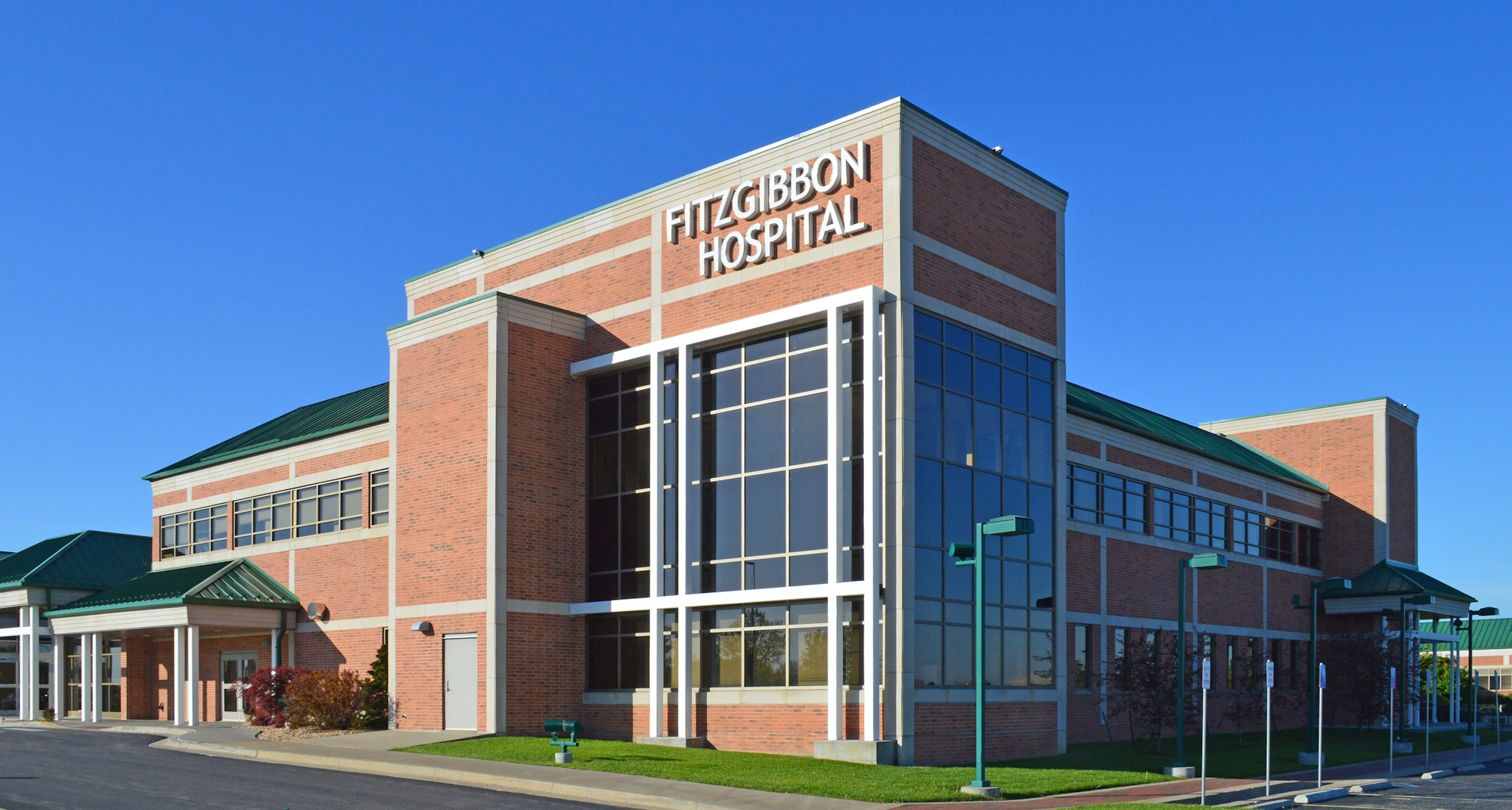Brain Cancer
What is Brain Cancer?
Brain tumors are masses of abnormal cells that have grown out of control. Brain tumors often form in different areas, develop from different cell types, and may have a different outlook and treatment. It's important to know the difference between tumors that start in the brain (primary brain tumors) and tumors that start in other organs, such as the lung or breast, and then spread to the brain (metastatic or secondary brain tumors).Unlike other cancers, tumors arising within the brain or spinal cord rarely spread to distant organs and tend to spread more locally. Primary brain tumors can start in any of the different types of tissues or cells within the brain or spinal cord. Some tumors contain a mixture of cell types. There are several types of brain tumors including;
Gliomas: Glioma is a general term for a group of tumors that start in the glial cells. A number of tumors can be considered gliomas, including glioblastoma, astrocytomas, oligodendrogliomas, and ependymomas. About 4 out of 10 of all brain tumors are gliomas. Counting only malignant tumors, about 8 out of 10 are glioma.
Astrocytomas: Most tumors that arise within the brain itself start in glial cells called astrocytes. These tumors are called astrocytomas. About 3 out of 10 brain tumors are astrocytomas.
Oligodendrogliomas: These tumors start in brain cells called oligodendrocytes. Only about 3% of brain tumors are oligodendrogliomas.
Ependymomas: These tumors arise from ependymal cells, which line the ventricles.
Meningiomas: Meningiomas arise from the meninges, the layers of tissue that surround the outer part of the brain and spinal cord. Meningiomas account for about 1 out of 3 primary brain and spinal cord tumors. They are the most common brain tumor in adults.
Medulloblastomas: Medulloblastomas are tumors that develop from neuroectodermal cells in the cerebellum. They are fast-growing tumors and often spread throughout the cerebrospinal fluid pathways, but they can be treated by radiation therapy and chemotherapy.
Risk Factors for Brain Cancer
Some of the risk factors include your race, your age, exposure to radiation, chemical exposure on the job, certain immune system disorders and family history of brain tumors.
Can Brain Cancer be prevented?
Most central nervous system tumors have not been linked with any known risk factors. As a result, most of these tumors cannot be prevented at this time.
Signs and Symptoms
Some symptoms of brain tumors include headaches, unexplained nausea or vomiting, vision problems, difficult with balance, speech difficulties, confusion, seizures, hearing problems and personality or behavior changes.
Test to Find Brain Cancer
At this time there are no widely recommended blood tests or other screening exams to detect brain tumors before they start to cause symptoms. These tumors usually come to light as a result of signs or symptoms the person is having.
Treatment for Brain Cancer
Several types of treatment may be used to treat brain tumors, including:
- Surgery
- Radiation Therapy
- Chemotherapy
- Targeted Therapy
- Other types of drugs
Treatment is based on the type of tumor, and in many cases a combination of treatments is used. The effectiveness of treatment depends on a number of factors including the type, size, and location of the tumor.


